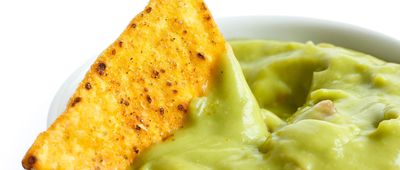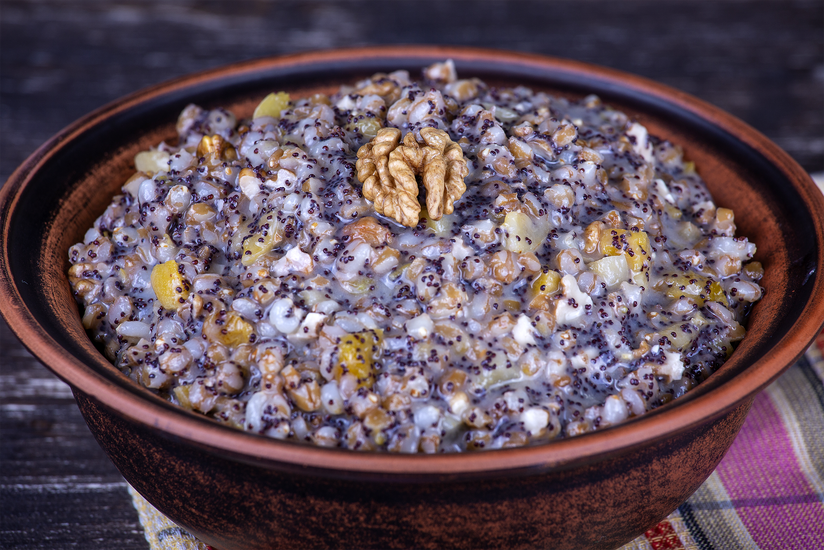Decked Out Menus
Throughout history and throughout the world, cultures have celebrated festivals around the time of the December solstice, the longest night of the year in the Northern Hemisphere and the longest day in the Southern Hemisphere. In America, the two best-known December holidays are probably Christmas and Hanukkah, though Christians and Jews across the world often mark these occasions with different foods from those served at U.S. celebrations. And other cultures have their own solstice festivals, with different delicious foods likely at each one.
Here's a list of foods and beverages you might be offered if you celebrated throughout the world this December, with links to recipes to make yourself. (Cooking on a budget this year? You'll want to remember these Budget-Friendly Christmas Dinner Entrees.)
Related: Foods Americans Miss Out On













































